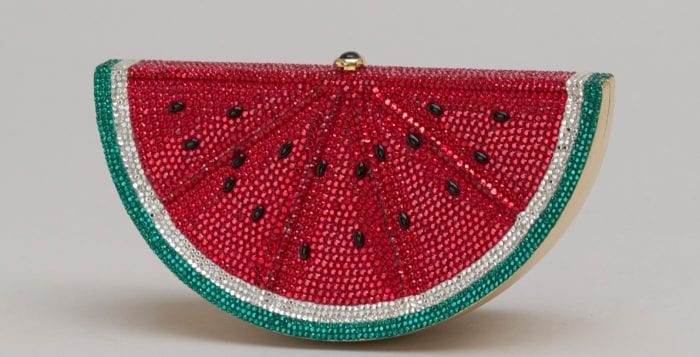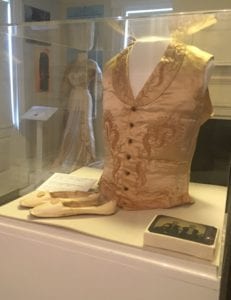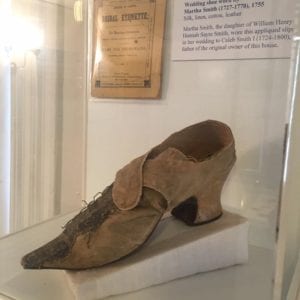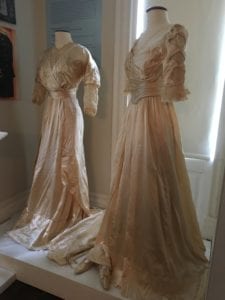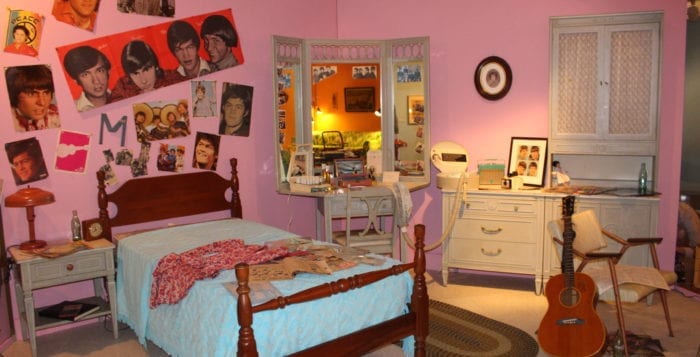‘My great and absorbing passion is the love of beauty. Beautiful things give me pleasure. As fine art is the application of the principle of aesthetics or beauty, painting has especially appealed to me as an outlet.’
— Jane Peterson interview with The Garden Magazine, 1922
By Heidi Sutton
After a brief hiatus in January, the Long Island Museum in Stony Brook opens its 2018 season with a new traveling exhibition featuring the works of artist Jane Peterson. Titled Jane Peterson: At Home and Abroad, it was organized by the Mattatuck Museum in Waterbury, Conneticut, and was initially on view there from November 2107 to January of this year. The show, which opened last weekend in the Art Museum on the hill, will run through April 22 and will be accompanied by a number of gallery tours, workshops and other public programs.
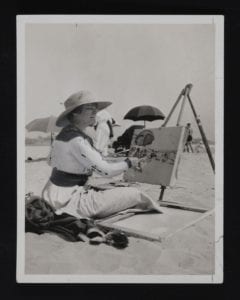
Jane Peterson was a modernist painter whose artistic journey provided a vital link between the impressionist and expressionist art movements in the United States. Born in Elgin, Illinois, in 1876, her love of art led her to Pratt Institute in Brooklyn and after graduation she studied oil and watercolor painting at the Art Students League in New York City. Peterson went on to have a formidable and successful career as an award-winning artist and was featured in more than 80 solo exhibitions until her death in 1965 at the age of 88. Today her artwork can be found all over the country in various museums, galleries, institutions and in the hands of private collectors.
For those of you who have never heard of Jane Peterson you are not alone. But her artwork is so extraordinary that the public deserves to be enlightened and that is precisely why this show was created, according to its curator, Cynthia Roznoy of the Mattatuck Museum.
“From the time of her one-person show in Boston in 1909 Peterson exhibited frequently right through the 1950s when she is already in her 70s,” said Roznoy during a recent phone interview. “During the high point of her career from the teens through the 30s she had multiple exhibitions a year. By the 1950s she had one exhibition per year, but that was still a great accomplishment for a woman painter at the turn of the century.”

According to Roznoy, the idea to create a solo exhibit on Jane Peterson occurred rather serendipitously. While visiting the Liros Gallery in Blue Hill, Maine, in 2013, the director of the Mattatuck Museum, Robert Burns, was immediately drawn to two paintings by Peterson. Intrigued, he purchased one of the works, “Tiger Lilies,” and upon returning to the museum asked Roznoy if she had ever heard of this artist. She had not and after some quick research “we decided it was time to do a show and bring her back to public recognition,” said the curator.
Jane Peterson: At Home and Abroad brings 85 of Peterson’s incredible paintings together for the first time in over 45 years along with photographs and archives that provide a glimpse into her personal life. An enormous undertaking, the process took two years to complete and included the collaboration of over 30 museums including Hofstra University Museum in Hempstead, the Metropolitan Museum of Art in New York City and the Brooklyn Museum as well as many galleries and private collectors nationwide.
While researching Peterson, Roznoy was most impressed by how evolutionary and versatile she was as an artist. “What I learned about her is her scope of technique,” she said. “I always admire an artist who evolves — who doesn’t do the same sort of paintings all the time … [Peterson] never stopped learning and she loved to study and to learn from other artists and also she always enjoyed expanding her repertoire … her style, her subject matter, her interests all changed as she developed, professionally and personally.”

Image courtesy of LIM
The decision to turn the show into a traveling exhibit was an easy one for the curator. “There were a couple of reasons. The first one was our perceived notion that she was an artist who deserved to be better known and one way to do that was to travel it. Another one was after 45 years this is the first retrospective exhibition and it is the first museum exhibition and we felt other museums would be interested in doing so. Once we started talking to other institutions, everyone said ‘Great idea! Why didn’t we think of this before?’ So it was like tapping into that zeitgeist where everyone says yes, time to do it, and we were the ones to get it started,” said Roznoy.
Entering the art museum at the LIM, a lovely portrait of Peterson by Elsie Southwick Clark beckons you to explore the life and art of this American master. Divided into several sections, the exhibit explores Peterson’s early years; her travels to Europe as well as Egypt and Turkey; her home cities of New York, Palm Beach and Glouchester, Massachusetts; portraits of women; her floral still lifes; and the grand gardens of Laurelton Hall, Louis C. Tiffany’s Oyster Bay estate. The Long Island Museum contributed Peterson’s “Tiffany’s Garden” to the show. Preferring to work in oil, watercolor, gouache and charcoal, the artist often combined a few of the mediums together to create colorful, vibrant scenes.
As a whole, Roznoy is personally most impressed with Peterson’s Glouchester street scenes. “I think they are the most enchanting works in the exhibition. They’re just beautifully painted, with very intricate composition.” She also enjoyed investigating the Tiffany garden paintings. “The link was very interesting to me because of Tiffany [and] the fact that he would invite artists to Laurelton Hall and Peterson was one of the artists who painted the gardens.”
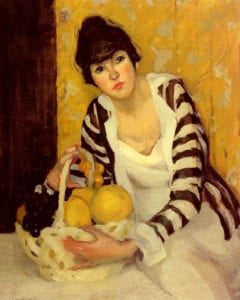
“It’s just a great exhibit. We are very thrilled to have it,” said Joshua Ruff, curator at the Long Island Museum during a recent tour. “She’s not a name but boy she was good,” he gushed. “It’s always exciting to do a [solo] exhibition about an artist [that people are not familiar with].” Roznoy agreed, saying “It is every curator’s wish to find an underknown artist and to bring them to public attention and there is that whole scholarly pursuit that is so satisfying.”
An accompanying catalog, written by Roznoy and Arlene Katz Nichols with an introduction by J. Jonathan Joseph and a foreword from Burns, is available for sale in the LIM gift shop or at www.mattmuseum.org. After April 22 the exhibit will travel to the Columbia Museum of Art in Columbia, South Carolina, from May 13 to July 22 and then head upstate to The Hyde Collection in Glens Falls from Aug. 5 to Oct. 14.
Roznoy hopes visitors to the exhibit will see Jane Peterson as a conduit to modernism in the early 20th century, gather enjoyment of her work and also experience “a sense of satisfaction in seeing a woman in the early 20th century succeed.”
The Long Island Museum, a Smithsonian affiliate, is located at 1200 Route 25A in Stony Brook. The museum is open Thursday to Saturday from 10 a.m. to 5 p.m. and Sunday from noon to 5 p.m. Admission is $10 adults, $7 seniors, $5 students, children under 6 free. For more information, call 631-751-0066 or visit www.longislandmuseum.org.

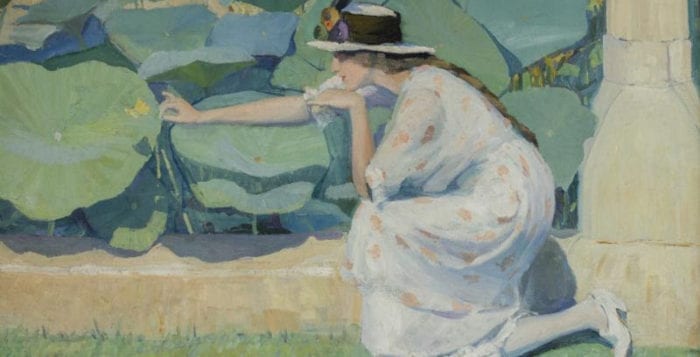
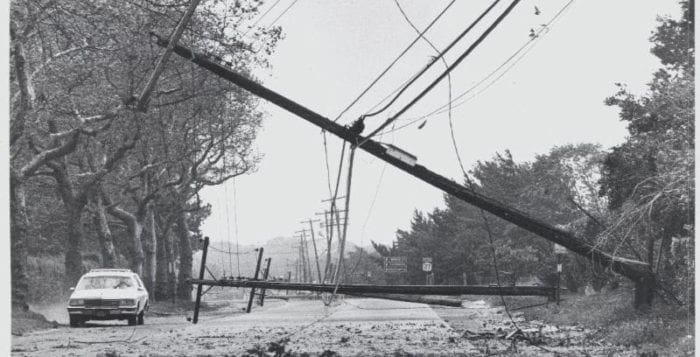



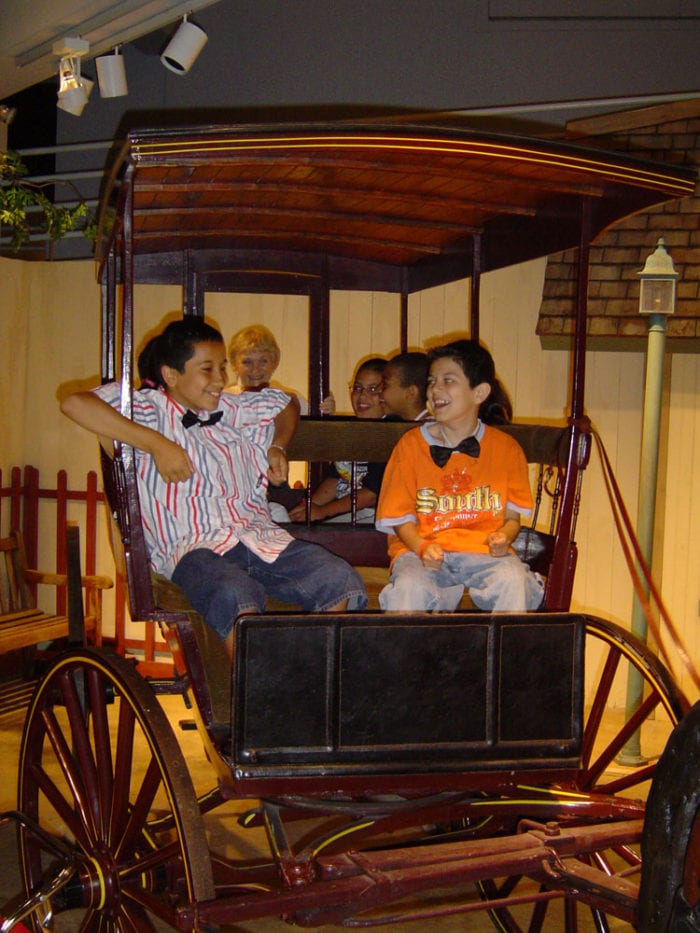



 Preparatory works for massive sculptures are also on view including sketches and designs for the Kansas State Historical Society’s “White Buffalo” marble sculpture, which depicts a Navajo Indian on horseback with a buffalo. This was Winter’s final commissioned piece and he passed away before finishing it. His son William, working from the designs of his father, saw the statue to its completion in 1983.
Preparatory works for massive sculptures are also on view including sketches and designs for the Kansas State Historical Society’s “White Buffalo” marble sculpture, which depicts a Navajo Indian on horseback with a buffalo. This was Winter’s final commissioned piece and he passed away before finishing it. His son William, working from the designs of his father, saw the statue to its completion in 1983.

